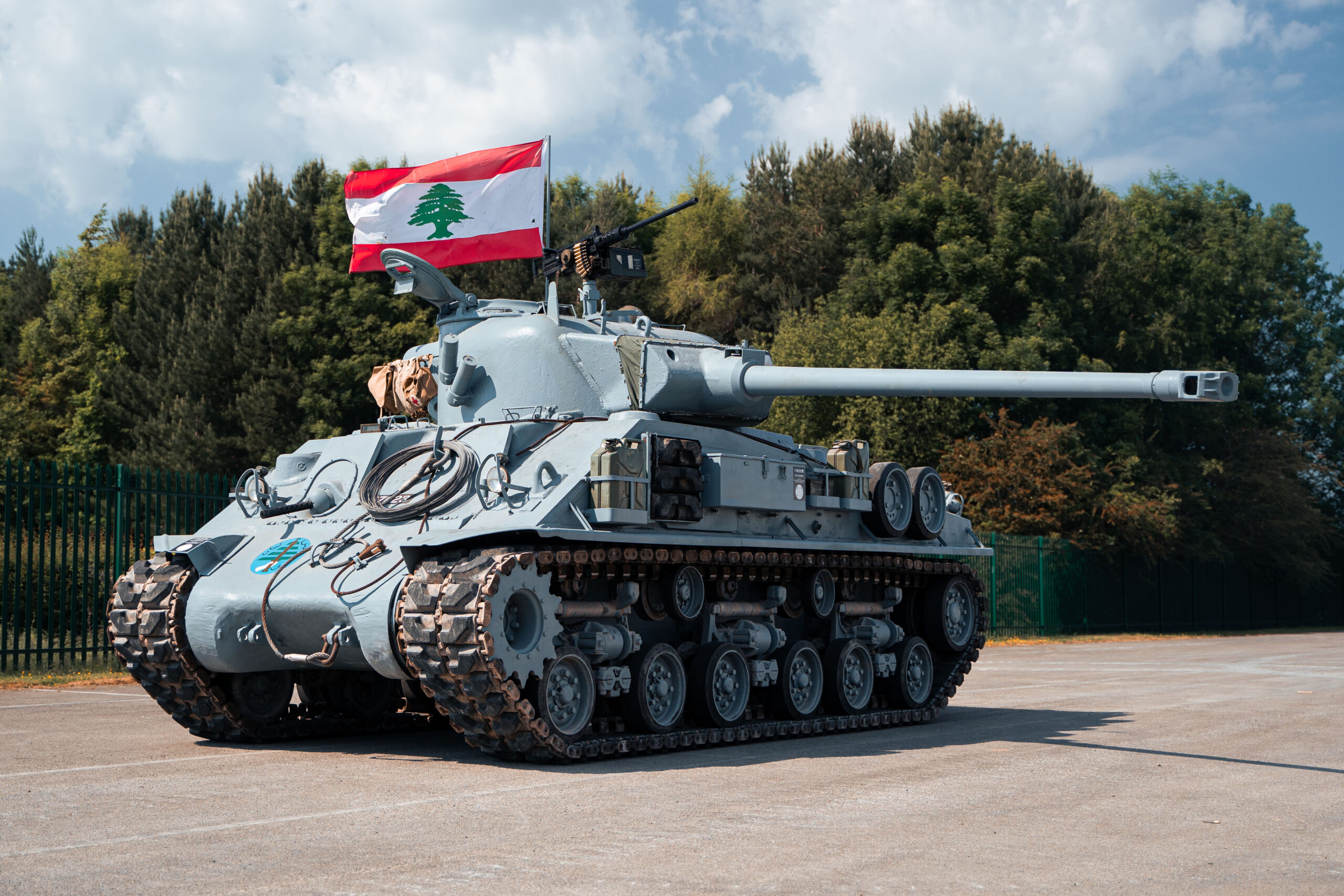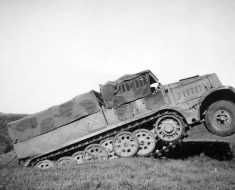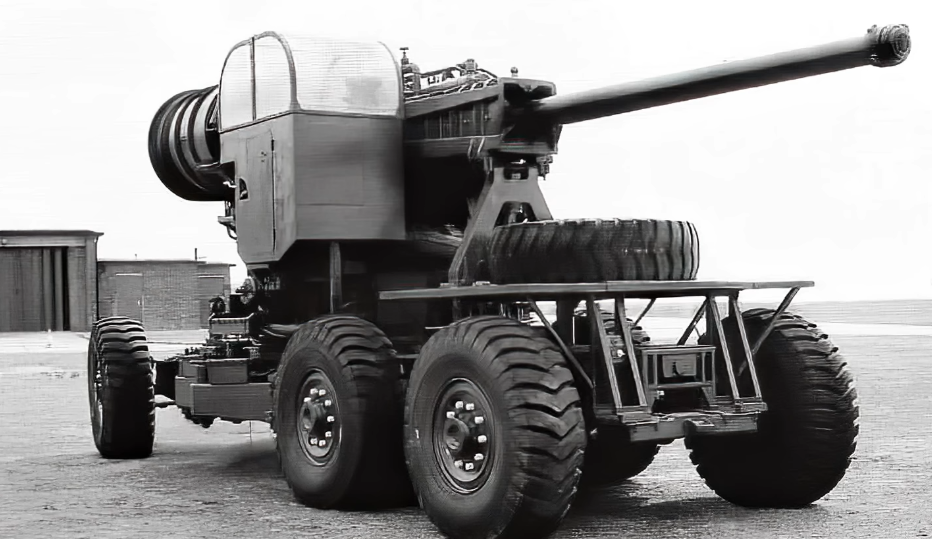Recently we took a trip up to the Eden Camp Museum in North Yorkshire to take a look around their site and exhibits, in particular, their fantastic collection of tanks. They had given us special access to their vehicles and an exclusive view of the latest additions inside their stunning M50 Sherman, which we filmed and photographed in great detail.
Head of site and restorations, and friend, Frank Wood even let us drive it…
The museum is built on a Second World War POW camp, with many of the original shelters still remaining and now containing the museum’s exhibits.
It is home to a number of vehicles and pieces of equipment, with something for any flavour, such as anti-aircraft guns, artillery pieces, a naval gun, full-scale replica WWII fighters, jeeps, trucks and tanks.
Us here at TankHistoria happen to quite like guns, trucks, fighters, jeeps and tanks, so it was quite literally the perfect place for us.
Contents
Considering it isn’t a dedicated tank museum, they have an impressive array of armour. This includes a number of CVR(T) reconnaissance vehicles, an M16 “Meat Chopper” half-track, an OT-810, a Czech version of the Sd.Kfz. 251 half-track, and a T-34/85.
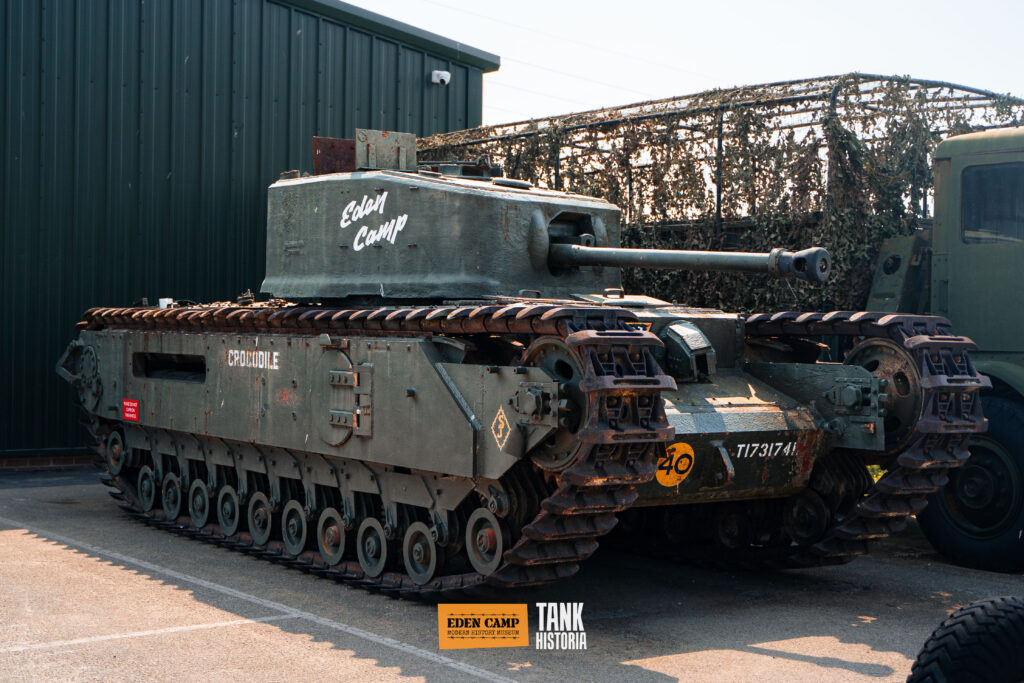
They also have a Churchill Crocodile flamethrower tank awaiting restoration, which we are very excited for.
But arguably the museum’s most famous exhibit is now their M50 Sherman, which, in case it didn’t stand out enough already, is painted blue!
The exact reason for this is unclear – theories include blending in with a blue sky on a hill line, standing out to avoid friendly fire, or to perhaps disguise as UN forces from afar.
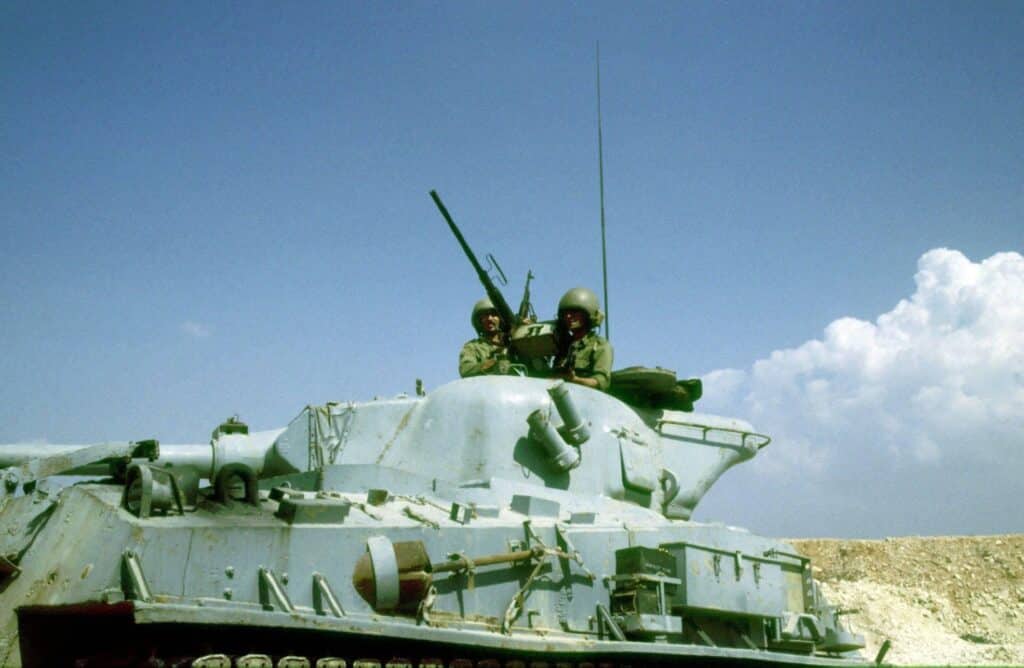
We first saw this special tank in person at TANKFEST 2022, where it was quite the head turner and one of the most spoken-about vehicles from that event.
After covering the tank’s history, restoration and engine, we planned a visit up to the museum to finally take a closer look in person. That was easier said than done though as we are based in Dorset; about as far south as you can get from the museum.
Undeterred, we packed every piece of camera equipment we could possibly need, plenty of RedBull and began the 6 hour drive to Yorkshire.
Frank, the head of site, told us that they had something special in store for us inside the M50 that no one had seen yet, so we were extra-excited to get stuck in.
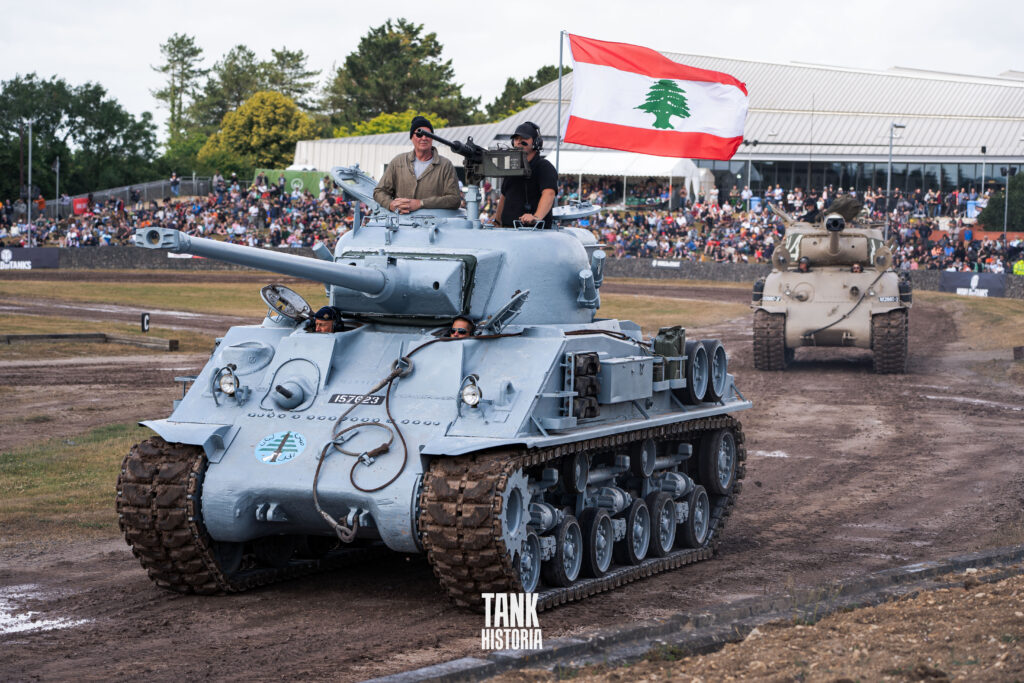
As we neared we were greeted by a beautiful sunny day in North Yorkshire, which was handy as Frank and I hoped to test the “blending in with a blue sky” theory mentioned earlier.
Upon arrival we were then greeted by Frank, who gave us a tour of the grounds and let us soak up the museum’s amazing atmosphere. I then proceeded to commit the most sacrilegious act possible in Yorkshire: decline a cup of tea, as I’m not a drinker of the stuff (sorry Frank).
After, we were guided to the Heritage Hall, which contained most of the museum’s armour.
As we walked in we were immediately confronted by the big blue M50 (nicknamed “Mother”), surrounded by CVR(T)s, half-tracks and a freshly restored T-34/85 – we were in heaven!
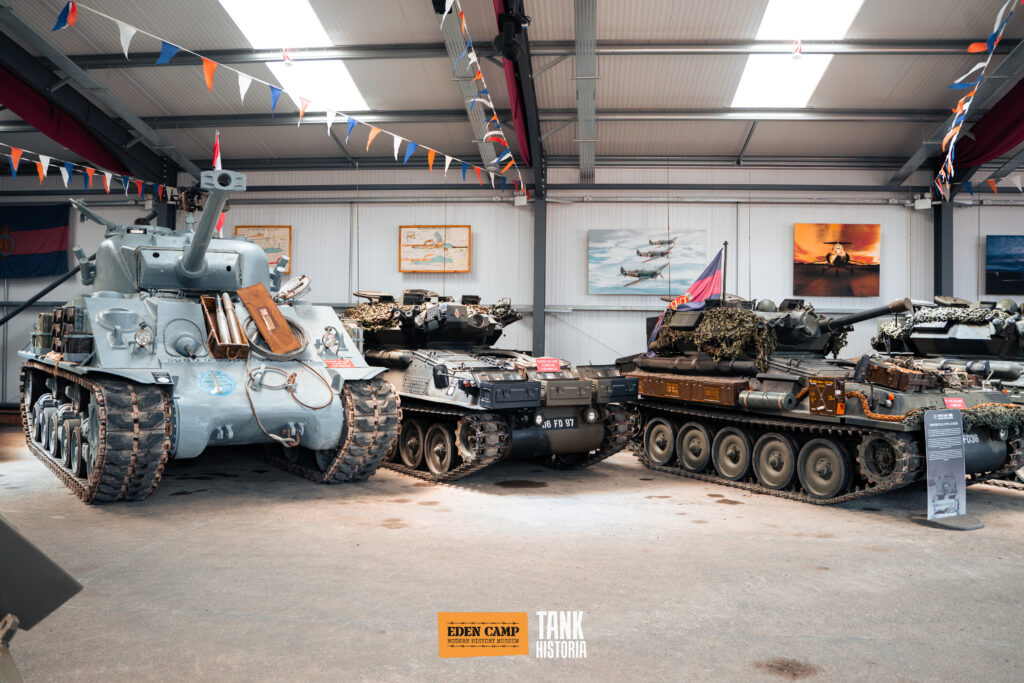
This Sherman had started its life during the Second World War as an M4A4, powered by the A57 Multibank engine. At the end of the war it transferred from Britain to France, who then sold it to Israel in the 1950s.
Israel famously upgraded many of their Shermans, fitting them with the much more powerful CN-75-50 75 mm gun, a French gun also used on the AMX 13 light tank.
Some time after this they upgraded the engine to a Cummins VT8-460 V8 and added the later HVSS wide-track suspension system as the tank had become heavier.
In the 1970s it was gifted to the South Lebanon Army, where it received its famous blue paint scheme.
Outside
We took a quick look inside, before Frank fired the M50 up and drove it out into the carpark, to the glee of many young children who were visiting the museum that day. The V8 turbodiesel was unlike anything used in the 1940s, but the M50 still had that familiar Sherman note to it – as if the hull itself was singing.

The tank was now out and looking fantastic in the beaming sun.
Read More The Radioactive ISU-152 at Chernobyl
Scanning over the M50, we got to see many of the marks and scars from its varied life. There are some likely suspicions that the tank was once fitted with deep wading gear during the Second World War. Evidence of this can be seen at the rear, with scars either side of the engine doors.

Israel carried out rather extensive modifications to their Shermans during the conversion process. As seen in the image above, the engine door opening is significantly smaller vertically than on a standard Sherman. The door itself was cut in half widthways and welded back together, reducing its height while maintaining the original hinges.
On the left of the image is a circular blanking plate. This is the “original” exhaust exit.
When the VT8-460s were first fitted, their exhaust pipe was routed to exit out of here, rather than under the rear armor plate. However, as the exhaust pipe from the right bank had to travel all the way around the engine to reach the opening, this caused heat problems. As a result, the exhaust was routed straight up and out the engine deck above.

We were also able to get a good view of the rear turret counterweight. This weighs approximately 4 tons and was added to counter the weight of the large 75 mm gun.
A turret that is not perfectly balanced is harder to rotate, particularly on hills, as one “side” is heavier than the other and requires more force to move. The M50’s counterweight prevented this, and as Frank showed us, the turret can be rotated by one hand with minimal effort.

Similarly, the front of the turret was heavily modified.
The CN-75-50 gun was larger and had a longer recoil travel than the original 75 mm, so to make it fit they positioned it further forward in the turret. This was achieved by cutting the front of the turret open, and welding together a new mantlet structure that protruded over the front of the hull.
Read More Britain’s Monstrous Green Mace AA Gun
While this did enable the fitting of the gun, it did also cause access issues for the driver and co-drivers. When the turret is facing forward, the hull hatches cannot be opened.
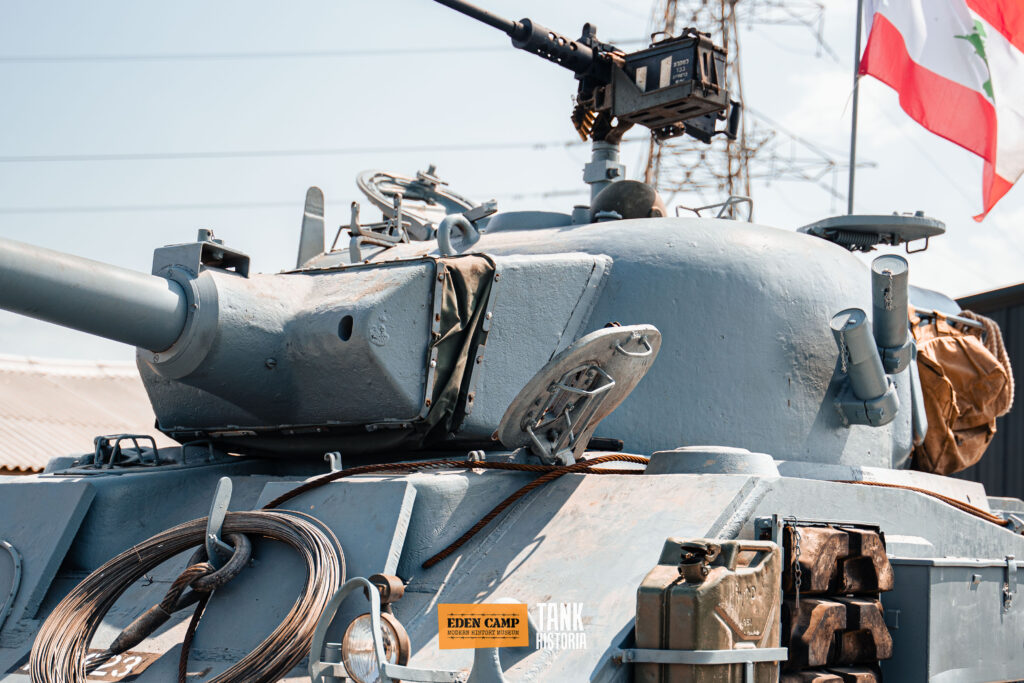
By this point though, you are probably quite intrigued by the blue color. As mentioned, one idea was this was added to help the tank blend in against a blue skyline if on an elevated position.
This theory may seem odd, but Frank and I noted that against the bright, slightly hazy blue skies over North Yorkshire that day, it blended in surprisingly well!
Regardless of the reason, Eden Camp Heritage Restorations went to great lengths to replicate this color on their tank. They restore their vehicles with a strict “as it was” mantra, through which they try to maintain the vehicle’s original history as much as possible. For example, a sock was found in place of the differential breather filter – this very sock was returned back to this spot after the tank was restored.

Inside
After a quick photo shoot we climbed inside for a good look at the interior, and wow was it gorgeous! Painted in a glowing white, and with all systems working, including manual and power traverse and elevation, the team have done a fantastic job in here.
Frank had mentioned that we were the first to see some new additions – these were the leather seat covers, additional stowage, an Uzi, 1911 pistol, and our favourite, notes written on interior surfaces in Hebrew.
This was tremendous in showing you that this was not any Sherman, this was on that has lived a wild life, so far from home.
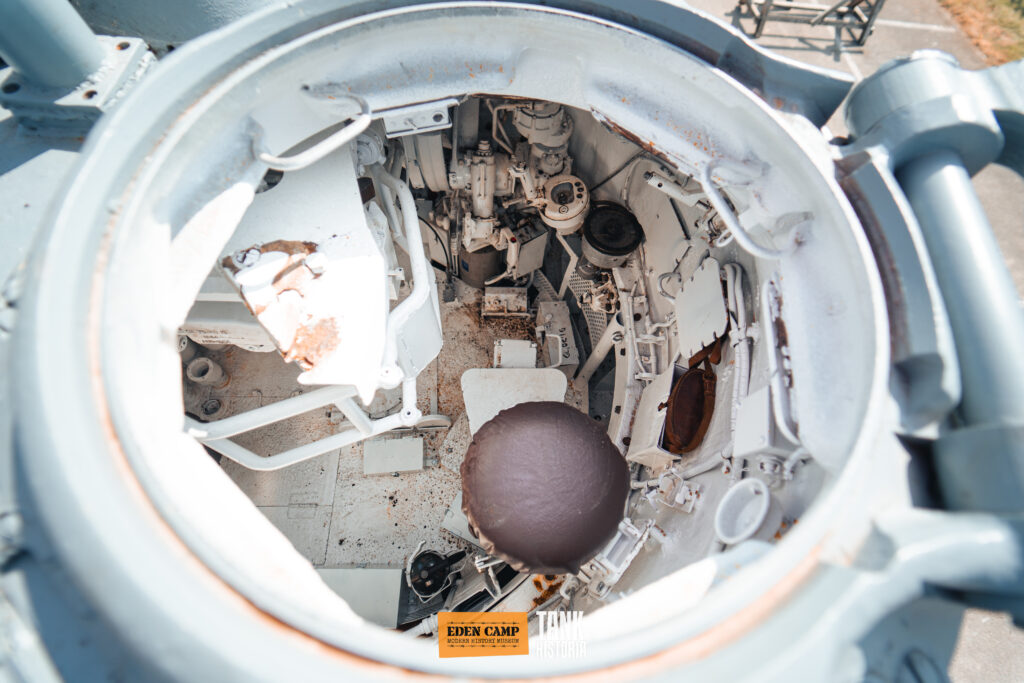
From the commander’s seat, directly in front you have the gunner’s position, forward and to the left is the gun, and on the direct left is the loader’s position.
Read More FV4202 – The Tank that Led to Chieftain
At the rear of the fighting compartment, on the engine compartment bulkhead, is the large air filters for the Cummins V8 engine. A perk of this is that the filters create a noticeable flow of air through the fighting compartment, which would have likely been appreciated by Israeli crews.
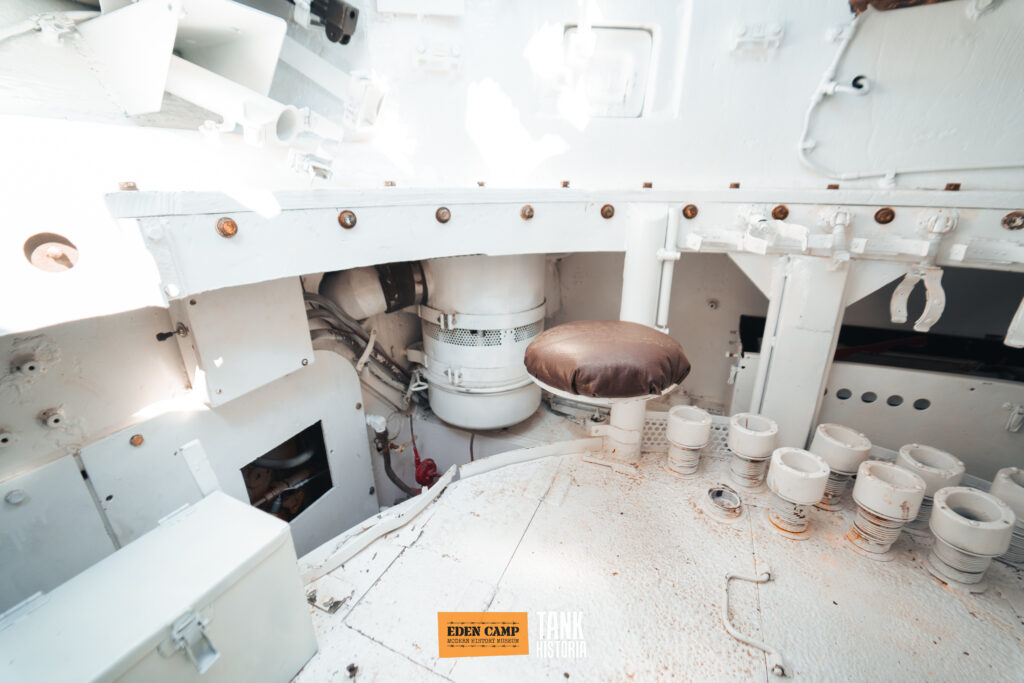
The gun dominates the turret. The CN-75-50 was a French design, and is often said to have been a copy of the Panther’s gun. This however is untrue – in reality it was likely inspired by this gun, not based on it.
“CN-75-50” is marked clearly on the back of the breech.
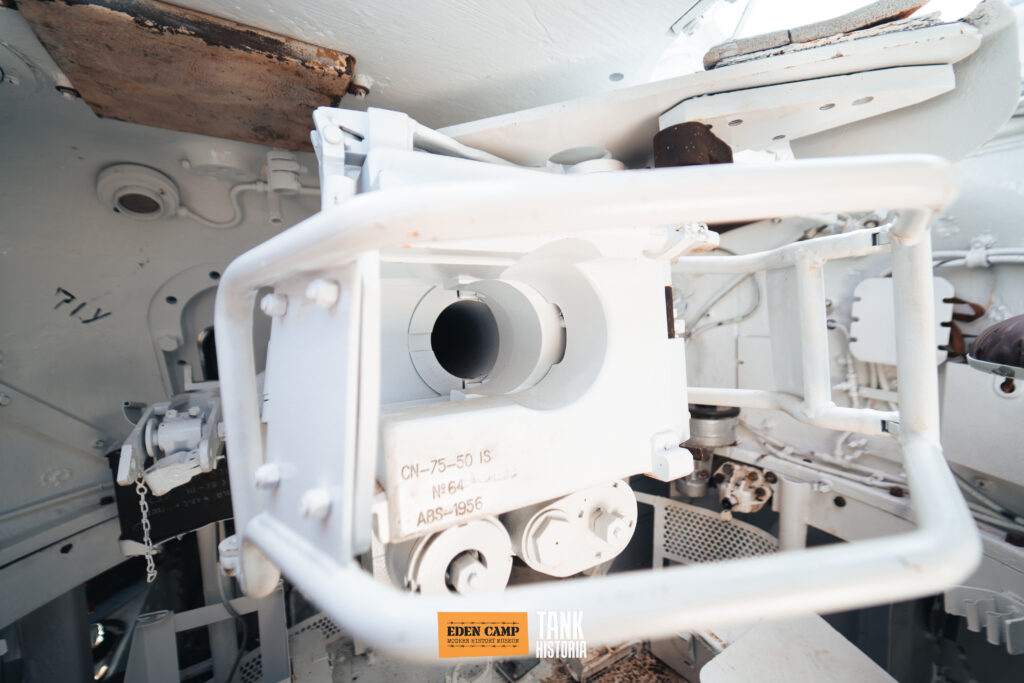
The gunner’s position is comfortable place to be, even when sharing the space with the gun.
From here we were able to move and position the turret for the exterior shots above.

At the rear of the turret, situated in the bustle, is the radio, complete with Hebrew translations of the original English print.
On the right is an Uzi, one of Israel’s most famous guns. Like the Hebrew markings, it hints at the tank’s use post-WWII.
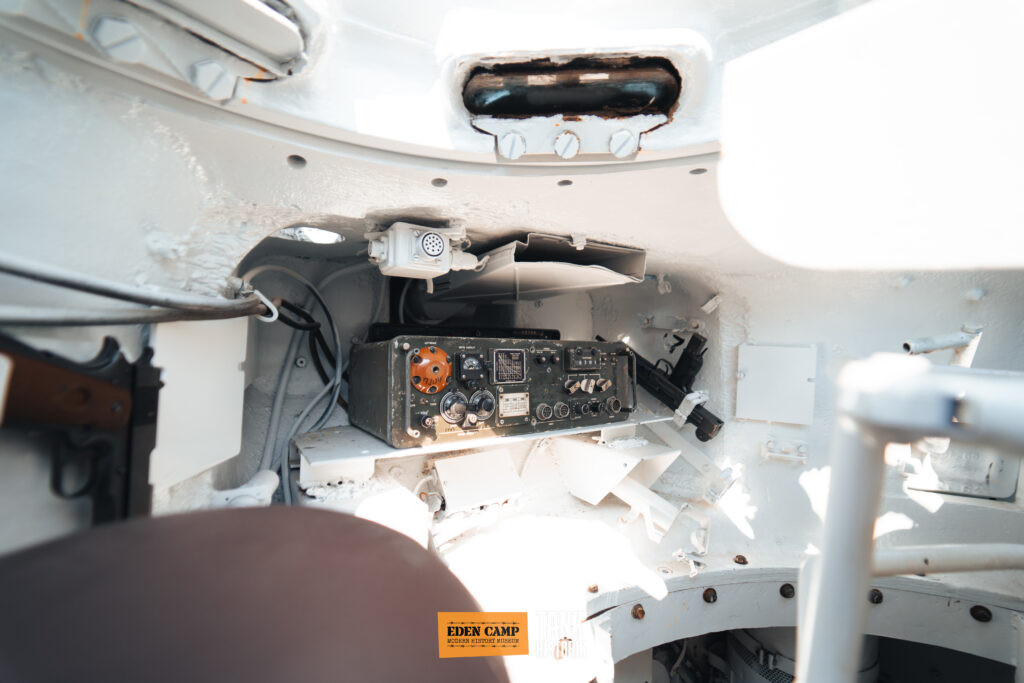
The driver’s position is technically accessible from the turret, but the basket makes this difficult so it is easiest to simply enter from the outside.
Read More Israel’s Huge L-33 Ro’em: Based on the Sherman
Down here in the hull the originality continues, with Hebrew markings dotted all around. This is where one of my personal favourite touches can be found; the sock on the differential breather. This is the original sock found inside the tank, and is still there today.
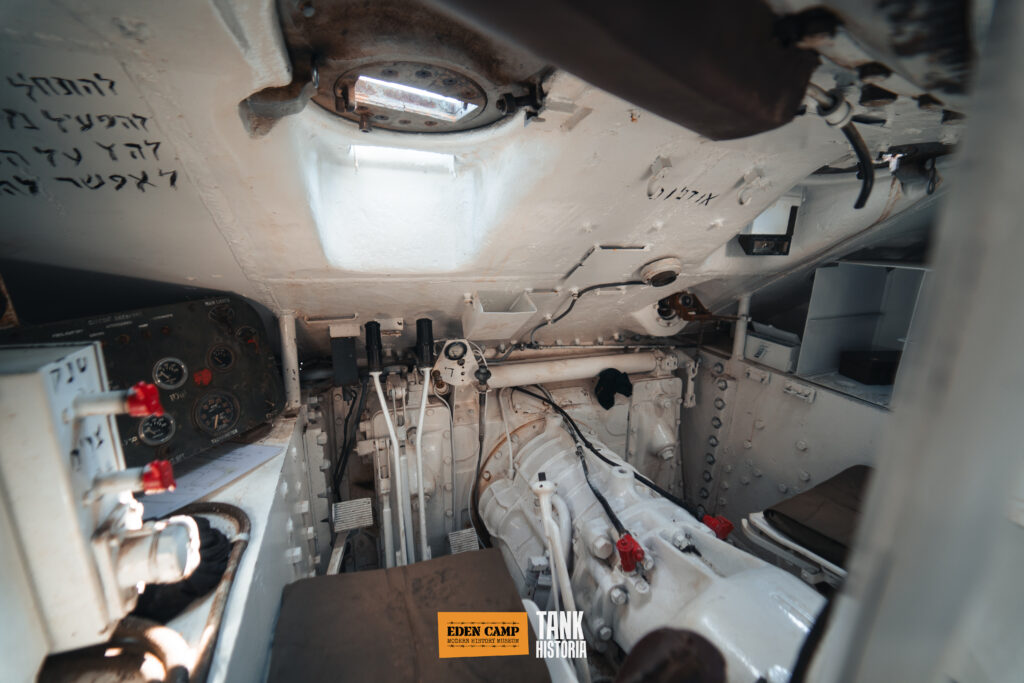
During the restoration process, a large quantity of personal artefacts were found and kept by the museum. These include bullet casings, uniforms, buttons and coins. The museum plans to return these items back inside the tank, to maintain their “as it was” mantra.
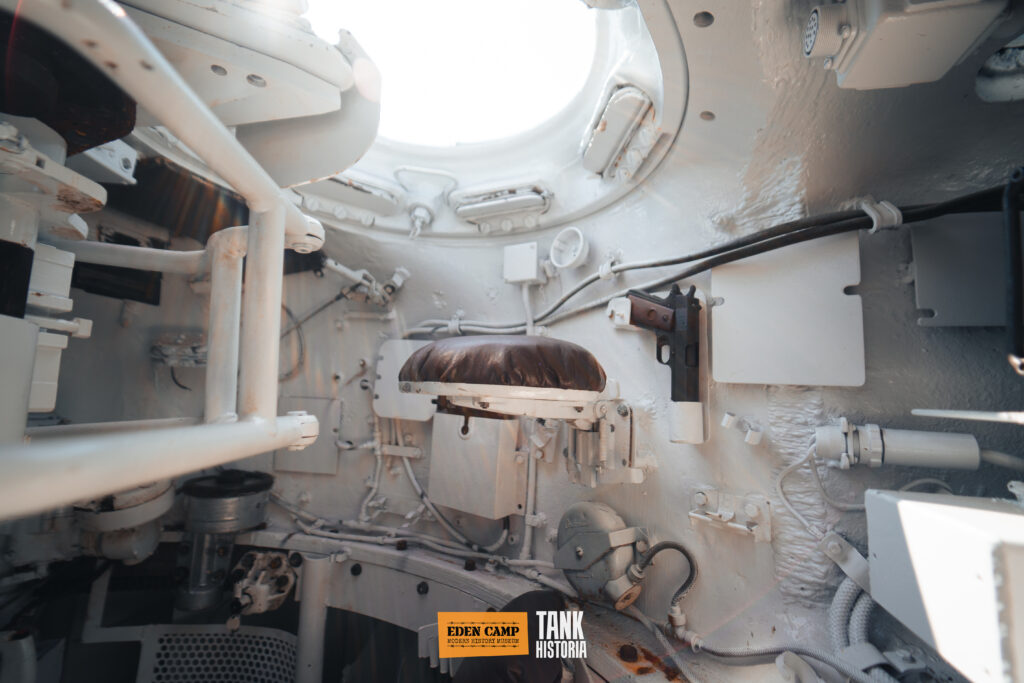
Once we had finished inside, Frank kindly gave us the incredible opportunity of driving the M50. We took her for a spin up and down the carpark, and emerged smiling from ear-to-ear, I mean, who wouldn’t?!
By the time we had viewed the outside, inside and drove the M50, it was time for us to head home. We still had mountains more to look at, including the Churchill, T-34/85 and the two half-tracks.
A future trip is in order…
But that concludes our trip, and our tour around and inside this awesome machine, lovingly restored and preserved by the Eden Camp Museum.
We would like to say a massive thank you to the entire museum, including its owners and staff, for giving us a fantastic time and access to their vehicles.

We’d also like to give a massive thanks to Frank, who hosted us for the day.
The museum is a fantastic place to be, and we can’t recommend it enough. It has a thriving atmosphere, friendly staff and a great management team. A huge emphasis is placed on engaging visitors – their passion for history, and sharing it, is hard to miss.
Read More MakMat 160 mm Self-Propelled Mortar – Another Israeli Creation
If you like tanks, Second World War history in general, or just want a nice area to relax and enjoy the sun, you need to check out the Eden Camp Museum.
They are located in Malton, North Yorkshire just off the A64 and are well signposted. Find them HERE.
